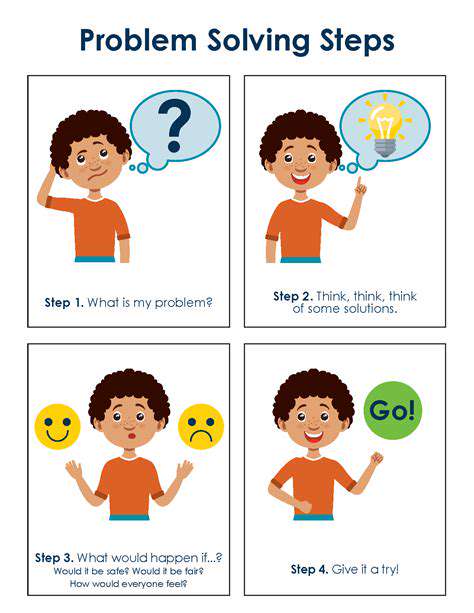How to Make the Most of a Volunteer Trip
Results matter. The best organizations can show you the receipts—not just financial ones, but real proof of lives changed. Look for impact reports with hard numbers and personal stories. If they can't show you what they've accomplished, how can you trust them with your donation?
Understanding the Impact
Not all impact is created equal. Some groups cast a wide net, while others drill deep into specific communities. Ask yourself: do you want to help one neighborhood thrive or tackle hunger on a global scale? The most effective organizations set clear, measurable goals—like reduce childhood malnutrition by 30% in Region X by 2025—not vague promises to fight hunger.
Don't take their word for it. Third-party evaluations from watchdog groups can reveal what the glossy brochures don't. These unbiased reports might show an organization punching above its weight—or reveal one that's all talk.
Considering Transparency and Accountability
Transparency isn't just nice—it's non-negotiable. A trustworthy nonprofit's website should feel like an open book, with clear financials, detailed program descriptions, and bios of who's calling the shots. If you can't easily find who's on the board and how decisions get made, keep looking. Good governance isn't just about avoiding scandal—it's what turns good intentions into real results.
The board roster tells a story. Look for diverse expertise—not just wealthy donors but people with deep experience in the field. A board full of qualified, engaged directors means the organization has staying power.
Assessing Long-Term Sustainability
Here's the real test: will this organization still be making waves in a decade? Look for groups with multiple funding streams—not just riding the grant merry-go-round. The savviest nonprofits plan for rainy days and evolve with the times, ensuring your support keeps making difference long after you write the check.
Check their track record. Organizations that have weathered economic storms and adapted to changing needs prove they're in it for the long haul—not just chasing today's trendy cause.
Embracing the Cultural Immersion Experience
Unveiling the Rich Tapestry of Local Culture
Real cultural immersion means stepping out of the tour bus and into the rhythm of daily life. Volunteer trips offer rare chances to work shoulder-to-shoulder with locals, learning not just about their traditions but seeing the world through their eyes. It's in shared meals, local markets, and community celebrations that you'll find the heartbeat of a place.
Beyond the Tourist Trail: Discovering Hidden Gems
Forget the guidebook highlights—the magic happens where locals gather. Maybe it's a family-run eatery serving recipes passed down for generations, or a village artisan keeping ancient crafts alive. These unscripted moments become the stories you'll tell for years.
Engaging in Meaningful Conversations: Building Bridges
The most powerful souvenirs aren't trinkets—they're the connections you make. A conversation with a shopkeeper about rising costs, or a grandmother's stories of how the village has changed—these human moments erase us vs. them divides better than any textbook.
Learning from the Wisdom of Elders: Honoring Tradition
In many cultures, elders are living libraries. When a community elder shares how their ancestors farmed this land or settled disputes, you're not just hearing history—you're understanding why things are done certain ways today. This exchange honors their knowledge while expanding your worldview.
Adapting to Local Customs and Etiquette: Showing Respect
Nothing says I respect your culture like making the effort to do things their way. Whether it's mastering the proper way to greet someone or understanding dining customs, these small acts build trust and open doors to deeper experiences.
Embracing the Unexpected: Flexibility and Openness
The best moments often come from detours—a canceled plan that leads to an impromptu village festival, or getting invited to a family home when your bus breaks down. Approach each day with curiosity rather than an itinerary.
Reflecting on Your Experiences: Growing from the Journey
Don't let the lessons fade when the trip ends. Journaling or discussing what shocked, moved, or confused you helps cement new perspectives. This reflection turns experiences into lasting personal growth.
Macronutrients—carbs, proteins, and fats—form the bedrock of nutrition. Carbs fuel your day, proteins rebuild your body, and fats? They're not the villain—they help absorb vitamins and keep hormones humming.











![Family Travel Itinerary Ideas [Worldwide Destinations]](/static/images/27/2025-05/ExoticAsianExplorations3AAncientWondersandVibrantCultures.jpg)

